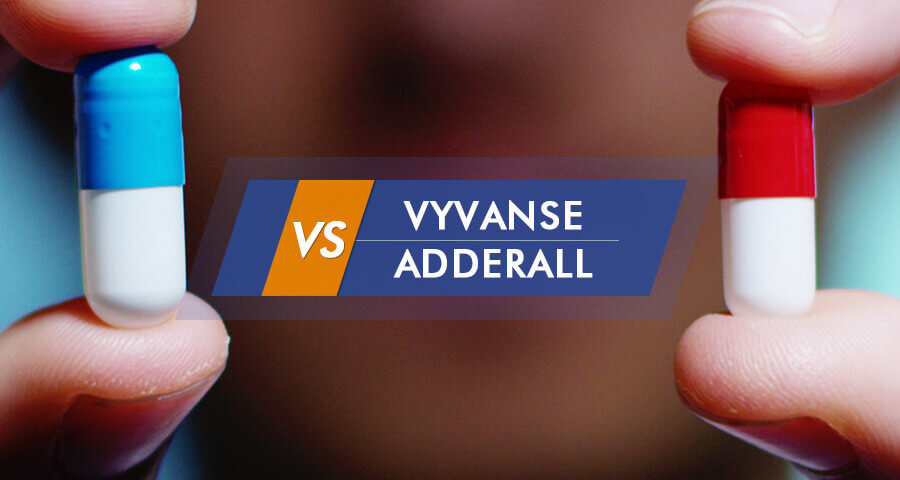Vyvanse VS Adderall High, When it comes to prescription stimulants for ADHD, Vyvanse and Adderall are two of the most commonly prescribed medications. Both are effective in improving focus and reducing impulsivity, but there are some significant differences in how they work — especially when it comes to their potential for misuse and the feeling of a “high.” Understanding the differences in the Vyvanse vs Adderall high is important, whether you’re a patient, caregiver, or someone curious about how these drugs interact with the brain.
What Are Vyvanse and Adderall?
Adderall is a combination of four amphetamine salts, and it’s known for its fast-acting effects. It starts working within 30 to 60 minutes and peaks in about 3 hours. Vyvanse (lisdexamfetamine), on the other hand, is a prodrug — meaning it’s inactive until it’s metabolized in the body. This leads to a slower onset and a longer duration of action.
The “High”: Vyvanse vs Adderall
One of the reasons Adderall has a higher potential for abuse is because of how quickly it enters the bloodstream. The Adderall high is often described as an intense rush of energy, confidence, and euphoria, especially when taken in high doses or misused (e.g., crushed and snorted). This makes it appealing to those seeking a recreational stimulant effect.
In contrast, Vyvanse produces a more gradual and smoother onset. Since it has to be converted in the digestive system before becoming active, it’s harder to misuse for a rapid high. Many people report that Vyvanse feels “cleaner” or more subtle, and while it still enhances focus and motivation, it doesn’t typically create the same euphoric high associated with Adderall.
Abuse Potential and Safety
Because Adderall’s effects hit faster and harder, it has a higher abuse potential. This also means it carries a greater risk of side effects when misused, including anxiety, heart problems, insomnia, and dependency.
Vyvanse, with its time-release mechanism, is less likely to be abused recreationally. It was designed this way specifically to reduce the risk of misuse, making it a preferred option for doctors treating patients with a history of substance use or concerns around addiction.
Which Is Better?
If you’re using the medication as prescribed for ADHD or another medical condition, neither drug should make you feel “high” in the recreational sense. The goal is to restore neurochemical balance, not create a euphoric experience. However, when discussing Vyvanse vs Adderall high, Adderall is more likely to lead to that sensation — which is precisely why it’s also more tightly monitored.
Final Thoughts
When comparing Vyvanse vs Adderall high, it’s clear that the way each drug is formulated impacts how it affects the brain and how it can be misused. While both have legitimate medical uses and can be highly effective, Vyvanse is considered less prone to abuse due to its slower onset and lack of an immediate “rush.” For those considering treatment or managing ADHD, it’s crucial to use these medications responsibly and under medical supervision.
If you’re ever unsure about your medication or its effects, talk to your healthcare provider. Understanding the risks and benefits is the first step to safe, effective treatment.
Would you like this article optimized for SEO or formatted for a blog or website?




